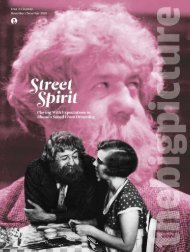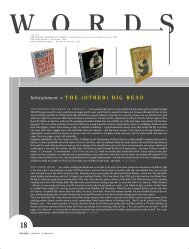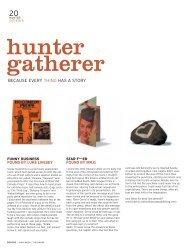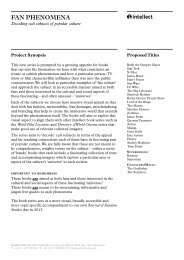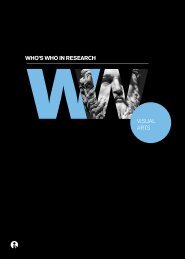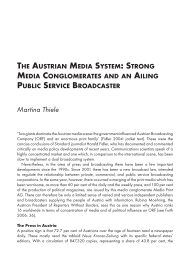Anthem - Intellect
Anthem - Intellect
Anthem - Intellect
Create successful ePaper yourself
Turn your PDF publications into a flip-book with our unique Google optimized e-Paper software.
Signifying Europe<br />
of the European idea. The Committee recommends to the European<br />
Council that this anthem be played at appropriate events and<br />
ceremonies. 353<br />
The European leaders gathered at the Milan summit followed this recommendation<br />
and thus chose the same anthem for the European Community as that adopted in<br />
1972 by the Council of Europe. Finally, Beethoven’s music had become the official<br />
EU anthem in 1985. At the ceremony where the European flag was raised for the<br />
first time at the European Commission building in Brussels on 29 May 1986, a<br />
Flemish brass band played the arranged anthem, after which a choral society sang<br />
its original German setting with lyrics. 354 Since that time, the anthem continues to<br />
be played at official European events and ceremonies, and it is also released in many<br />
different versions on record and on the web, as sound files or ringtones, arranged<br />
in many different musical styles and with a variety of traditional and newly written<br />
lyrics. It continues to accumulate meaning by being used in highly divergent contexts,<br />
including the 1989 protests at Tiananmen Square in Peking as well as the Japanese<br />
New Year celebrations. 355<br />
Referring to translation problems and the vast number of languages in Europe,<br />
Schiller’s words were thus again excluded in 1985, as they had been in 1971. Though<br />
the original German lyrics thus have no official status, the music’s meaning remains<br />
indissolubly tinted by Schiller’s poem and not least its title, ‘Ode to Joy’. This immediate<br />
intertext has to be taken into consideration by any attempt to interpret the cluster of<br />
meanings that has come to surround this anthem.<br />
Interpreting Beethoven’s Ode to Joy<br />
This is the only EU symbol that is so expressly derived from an existing work,<br />
picking out a small part of that work and revising it for the new format. Resolution<br />
492 (1971) of the Consultative Assembly of the Council of Europe on a European<br />
anthem (8 July 1971) stated that ‘it would be preferable to select a musical work<br />
representative of European genius and whose use on European occasions is already<br />
becoming something of a tradition’. A deliberate decision was thus not to look for<br />
a newly composed tune, but to go back in history to find a suitable classical melody<br />
that was already anchored in citizens’ minds and that also had firmly established<br />
the solemn aura capable of bearing the overwhelming weight of expressing shared<br />
European values. No such provision was made concerning any of the other symbols.<br />
While they also leaned on inherited tropes, they still allowed for a contemporary<br />
treatment of these, not being content with inheriting something rather finished from<br />
the past. The flag may for instance have borrowed all its elements from tradition, but<br />
158



